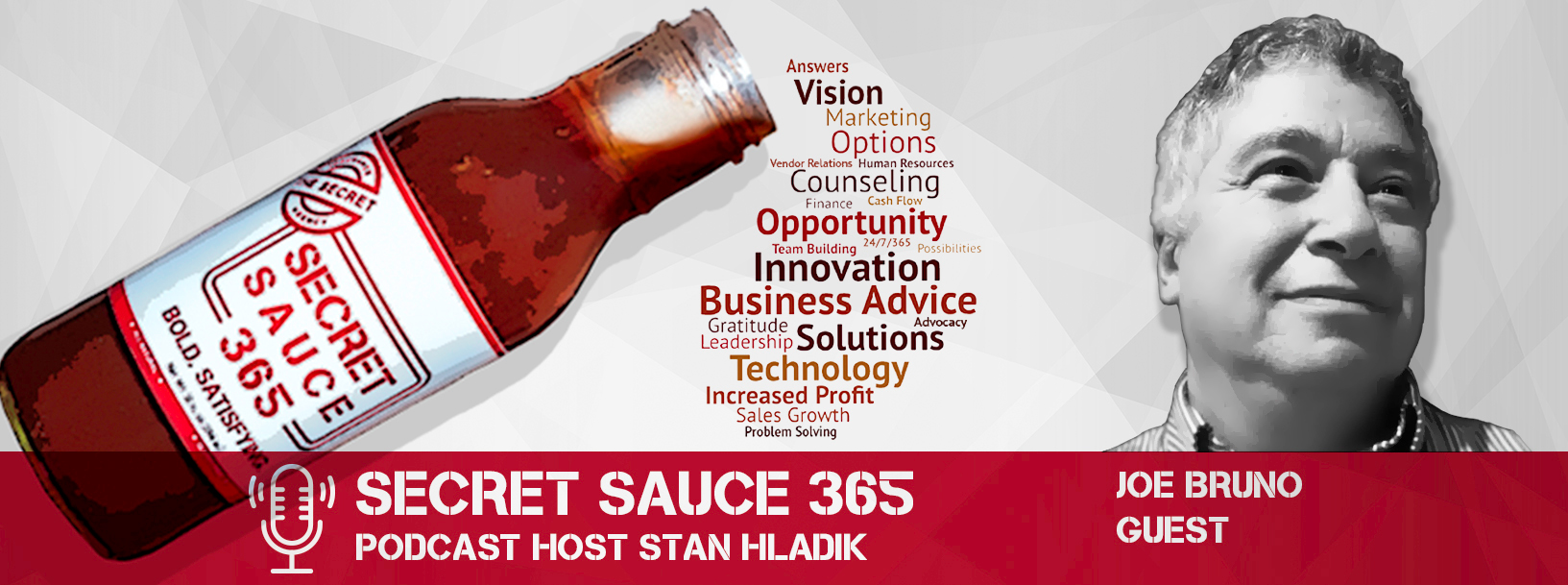An Architect’s Tips on Maximizing Your Business Space

Secret Sauce 365
Episode #16
Joseph J. Bruno, AIA is an architect in private practice in Park Ridge, New Jersey. He earned his Bachelor of Architecture from the New Jersey Institute of Technology (NJIT) in 1983. His extensive experience includes the design of schools, commercial buildings, and residences. Since establishing his own practice in 2000 he has focused primarily on custom residential design. This aspect of architectural practice is particularly satisfying as he has the ability to connect one on one with his clients in the pursuit of creating their dream homes. He has entered the stage of his career when the sons and daughters of his first clients are beginning to come to him to design homes for themselves and their families. Mr. Bruno has recently completed a 12 ½ year term as Trustee of the Park Ridge Board of Education where he served as President since 2008. He had previously served on the Board of Trustees of the Architects League of Northern New Jersey for many years before serving as President in 1998.
What You Will Learn:
- What you need to consider when your business needs to expand
- How can inflation impact your construction budget?
- How to deal with planning and zoning boards when you need permits
- How to improve your home and how to get value out of an addition